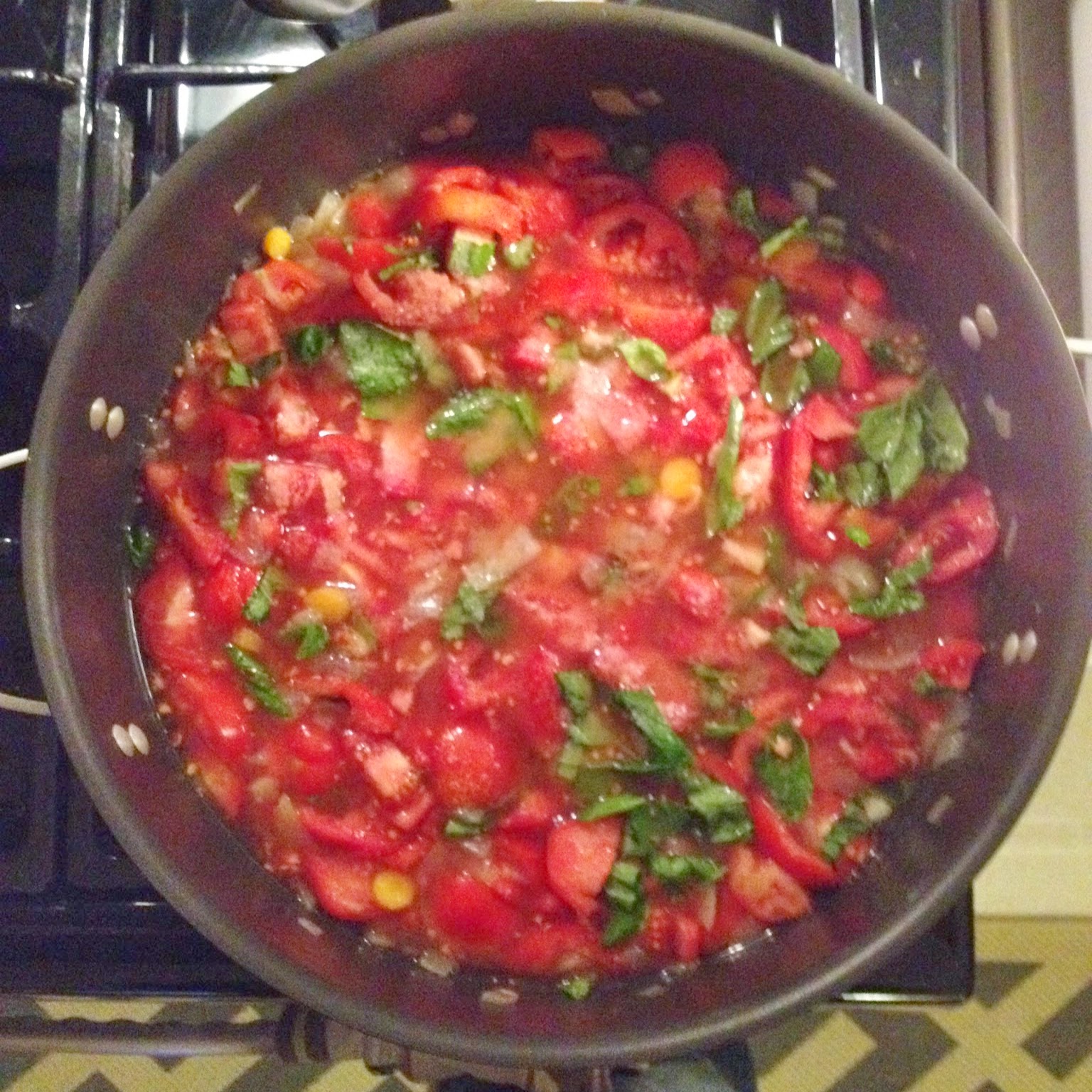According to a search of my email (don't ask why I was emailing about yogurt, because I don't know), I've been making yogurt at home since 2010. I make a gallon of milk at a time, which comes out to 4 quart sized jars, which we go through in about 2-3 weeks. In that time, I think I've only had fewer than 5 batches not turn out for one reason or another, so I feel like I have the system pretty down pat. Considering that one of those little cups of yogurt costs what, a dollar? Maybe $.50 if you get them on sale? And if they are 8 oz or so, that's 8 servings per quart, 4 quarts per gallon, which would come out to about $16-32 for the gallon of yogurt I make....for about $5. And that right there is pretty much why I do it!
I read a few tutorials, and a lot of them involved a yogurt maker or a crock pot. I didn't want to buy another kitchen appliance, so I did try the crockpot method once, and wasn't really pleased with the results as it was too runny for my tastes. So basically I stick with the same method time after time. It's pretty similar to the steps on the yogurt starter packets, however I tend to use a single serve of commercial yogurt rather than the starter because it works just as well and costs less. Technically you can use yogurt from your previous batch as your starter, but I don't do this. I don't have a scientific reason, but I feel like if I keep reusing the same starter, I might end up with not enough of the bacteria to make the recipe work, so I just use a fresh one.
This tutorial is probably about as easy as it gets, and has about 10 minutes of hands on time, including clean up! The cooking process takes about an hour and a half, but basically you just need to be around the house, not in the kitchen or anything. Then the incubation period is anywhere from 5-8 hours.
Step one: pour a gallon of milk into pot. I use my pasta pot, and I use whole milk because it makes a nice, thick yogurt, and I'm on board with a few healthy fats in my diet. Hang on to the empty gallon AND lid, as you'll use them later.
Step 2: turn heat to medium, and let simmer on medium for about 30 minutes. You don't want the milk to come to a boil, and it shouldn't over this length of time and heat level.
Step 3: Check temp. You're looking for the milk to be about 180 degrees F. I don't have a fancy candy thermometer or anything, so I just use a (clean, of course!) meat thermometer.
Step 4: remove pot from heat, and let sit for about an hour. Yep, just walk away. Go take a shower or something.
Step 5: check temp. You're looking for about 115 degrees.
Step 6: Prepare to strain. Some tutorials I've read recommend stirring constantly so you don't get any milk scalded to the bottom of the pot. I don't have time for all that, so I've found the best way to get around that and to have nice, creamy yogurt is just to strain it. I set the empty gallon of milk in my sink to catch any dribble, and I hold a sieve above a funnel. I used to need another set of hands to hold this steady, but now I can grab the pot with one hand and a potholder, and hold the sieve with the other.
Step 7: combine yogurt - either the single serve cup or powdered starter - and some (it doesn't matter how much) of the heated milk in a glass jar. I've tried using plastic gladware type containers before, and found that the yogurt didn't thicken up as nicely as when I use glass. I'm not a chemist or anything, but I'll hypothesize that the glass is a better insulator and holds the heat longer during incubation. Probably.
Step 8: Mix
Step 9: pour the yogurt + milk mixture back into the big gallon of milk and mix that together. This is where it was a good idea to have saved the lid because you can just re-cap it and give it a good shake.
Step 10: pour soon-to-be yogurt into your glass jars. I find that it fits just right into 4 quart jars because I probably spilled a little in the sink at some point.
Step 11: snuggle your jars together someplace for the next 5-8 hours. I like to use my oven because it gets it out of the way. I wrap them in a towel to help hold the heat. If I'm doing this during a time when I need my oven, I've used another towel or 2 and bundled it all into a cooler. I often try to do this during the day and just set a timer for 5 or 6 hours and then transfer them into the fridge, however I've also done the cooking just before bed and put them in the fridge in the morning. I've found that it's best to give a jar a tip to see if it has set up yet if you're on the shorter side of incubation time - mine doesn't usually get thicker in the refrigerator.
And there you have it! Lots of yogurt with just a little effort, and a couple dollars saved!


















